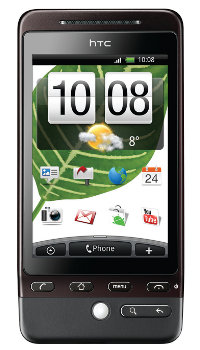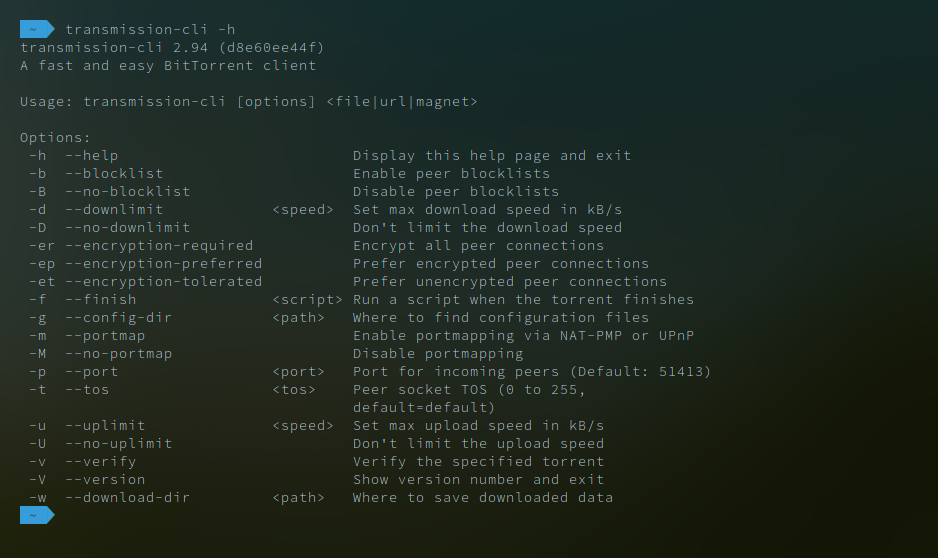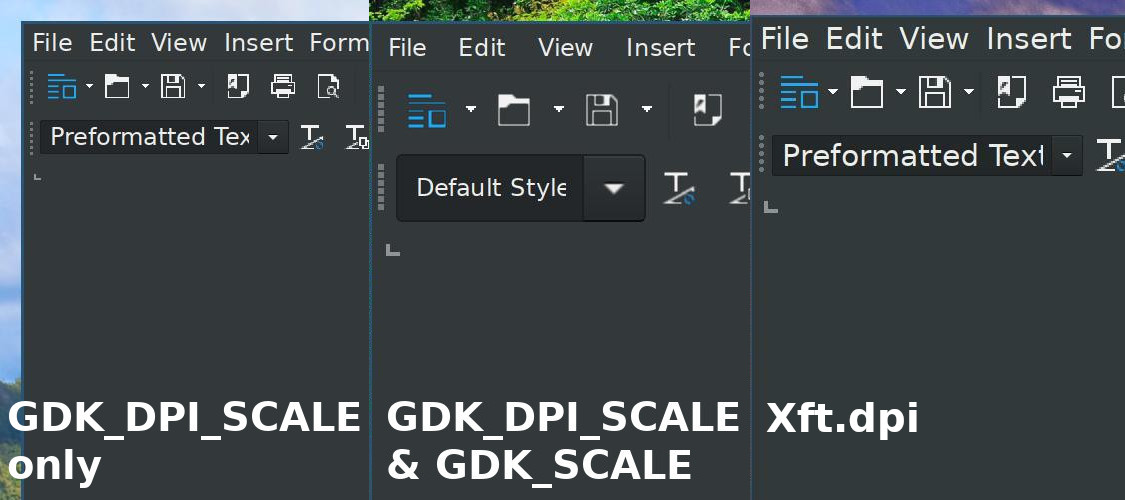I finally got a new phone last week: the HTC Hero (Telus). It has been a week, here’s what I think. Summary: this is the best phone I’ve ever owned. Disclaimer: it’s the first smartphone I’ve ever owned. Acknowledgement: this phone was released many months ago in the US and there are much better reviews of it already.
When I heard Telus and Bell were getting the iPhone, I put off renewing my contract. I thought that with increased competition for iPhone customers, they and Rogers would release better data plans (I was wrong). At the same time as I was dying to get the iPhone, I felt kinda bad. I’m not a huge fan of Apple. Yes, I have a Mac, but it’s only because I’m tired of plastic laptops breaking on me (my first four laptops all developed cracks and started to fall apart). Apple is evil, and not in the kind of endearing, bumbling way that Microsoft is evil, but rather summoned with the aid of a pentagram evil (I exaggerate). Rogers was also selling two Android phones, but they were bulky, long obsolete models. Luckily for me, along with the iPhone, Telus also released the HTC Hero. Which is only recently obsolete (gotta love the choices we have in the Canadian cellphone market). I teetered back and forth on the issue and, almost entirely on impulse, I bought the Hero (I was right in the middle of negotiating my iPhone plan when I changed my mind). I have not been disappointed.
The Phone
There are two models of Heroes: the one with the chin and the one without. Thankfully, Canada got the one with the chin. I think the chin makes it distinctive and it just feels really natural in my hand. I don’t find it difficult to fit in pockets at all. It has a rubberized back that feels smooth. I can’t really compare it to the iPhone fairly because I’ve never held an iPhone that wasn’t in a protective case. I don’t feel the need to put this phone in a case (though I’m considering buying a screen protector) as it seems neither flimsy nor prone to scratches.
The camera kinda sucks. It’s nice 5 megapixels, but it just has a tough time focusing. Sample images: indoors and outdoors (they aren’t uploaded at full resolution).
It has an onscreen keyboard. I’m not sure whether this fits better here, or under the next section, but I’ll discuss it here. It’s fairly easy to use. It has a great autocorrect feature that gives you four alternate words you might have intended to type (based on probable typos). I seldom hit all the right keys, but I’ve learned to trust the autocorrect. It’s like magic.
I’ve so far managed to get about 12 hours of heavy use on a single charge. It would definitely last through an entire day or more if I wasn’t playing with it all the time. You can increase the battery life by not having as many applications running and by turning off things like GPS and Wifi.
Android
The Hero runs Android (which is a mobile operating system developed-ish by Google). Android is great. You get a customizable desktop with widgets (that display things like Facebook updates, weather, and your task list) and, more importantly, you get multi-tasking. Why is that important? I’ll have to compare with the iPhone here.
On the iPhone. You can have a single application running at a time. When you close the application, it is closed. If the application gets information off the Internet, it can only do this while you have the application open. You can’t set a timer in an application and have it notify you later. Apple has somewhat addressed this with push notifications, but those require that your phone has Internet access (you aren’t on the subway) and the application has a server to send them.
On Andoid. Applications can run in the background. When the phone is on standby or you are using an application, other applications can still perform tasks, download content from the Internet, and send you notifications. The greatest application that takes advantage of this: Locale. Locale runs in the background at all times. It checks to see where I am (using GPS, cell towers, and wifi networks) and when I get to school, it puts my phone on vibrate. When I get home, it turns the ringer back on. It integrates with my todo list to notify me if I have particular tasks that can only be done in my current location (e.g., it only bugs me to buy the latest volume of my IP reader when I’m near the bookstore). This program simply can’t be made for the iPhone.
Applications
I’ve tried a bunch of applications for Android. Here are my favourites.
Locale
I already explained this one. I’ll just quote myself. “Locale runs in the background at all times. It checks to see where I am (using GPS, cell towers, and wifi networks) and when I get to school, it puts my phone on vibrate. When I get home, it turns the ringer back on. It integrates with my todo list to notify me if I have particular tasks that can only be done in my current location (e.g., it only bugs me to buy the latest volume of my IP reader when I’m near the bookstore).” Locale is free.
Astrid
Astrid is the todo list I mentioned above. Astrid allows you to create, tag, prioritize and track time spent on tasks. The tasks can be recurring and can be hidden until a specified date (e.g., “Pay credit card bill” recurs every month but is hidden until a week before the bill is due). It automatically synchronizes with Remember the Milk and Toodledo (web-based task management services). RTM has its own application, but I prefer Astrid’s interface and the way it handles location awareness. I use RTM to manage tasks from my computer (so I can type them quickly). It’s open source and free.
BeyondPod
BeyondPod manages and plays podcasts (I can only get audio podcasts to work). It does not need to be hooked up to the computer to download new ones and can even run on a schedule. My phone downloads the latest episodes of all my podcasts at 6:30 every morning over Wifi. I tried Google Listen, but BeyondPod gives you more control. It costs around $10.
Advanced Task Killer (Free)
Unfortunately, with so many programs running at once, the phone can sometimes get a little slow. Advanced Task Killer closes applications that you don’t need. You can tell it to ignore some programs completely and configure a list of programs that can all be killed with one click (if they’re running). The phone preloads a few applications that I don’t use at startup, so I run ATK at startup to automatically close all of them.
Telus’s Network
I barely get signal at home. I’m giving them a pass for the moment because the new network has only been available for two weeks and I live on the lake (so there’s only room for towers to the north). The signal downtown is strong, although it degrades quickly indoors. I wonder if that’s a feature of GSM (my old Rogers phone used to be the same way).
Plans
I don’t like my plan. It’s ridiculous. Why do cellphone companies hate their customers? Why does caller ID cost $7 a month (I admit, I’m getting it free, but the question stands)? Why do I have to buy 300 minutes of airtime and 1GB of data to get nationwide favourite numbers? Why do I have to pay extra for text messages? If text messages are data, and data overage is three cents a megabyte, then text messages should cost one ten thousandth of a penny. But at 15 cents a message, that’s $1150 a megabyte. At least they got rid of the system access fee.
Final Thoughts
If you want a much more detailed and less subjective review, I suggest reading the Engadget or Gizmodo review. I really like this phone. I’m glad I didn’t get an iPhone. I’m annoyed that it was released six months late in Canada at the same time as the Motorola Droid was released in the States. Why can’t we get cool things too?



Recent Comments